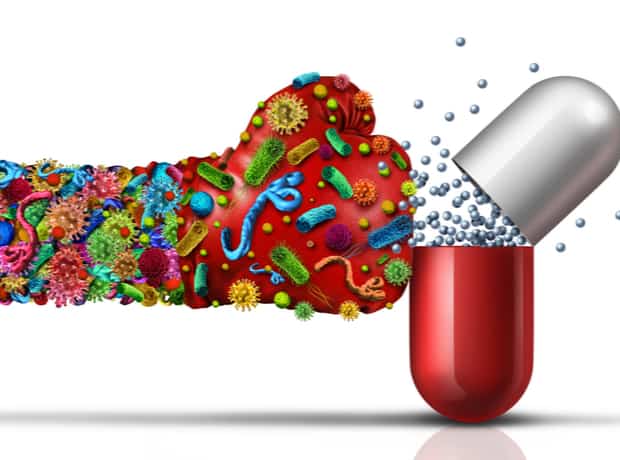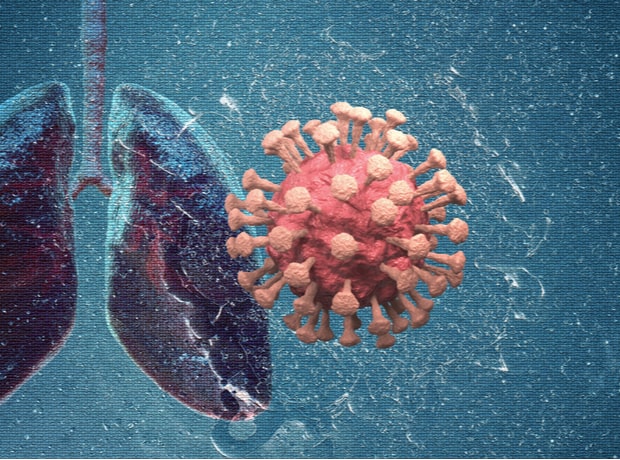The nanocage technology combines both mRNA and traditional virus-based vaccines to create virus-like efficacious vaccines
A new technology developed by researchers from King’s College London (KCL) could provide a new way of delivering drugs to advance next-generation treatments to prevent and treat a variety of diseases.
Published in the nanotechnology journal Small, the ‘plug and play’ technology could also lead to new therapeutics that act as both a vaccine and a drug, preventing disease and symptoms.
For over two decades, a common protein called ferritin, which manages iron in all organisms, has been used to create vaccines and deliver anticancer drugs, as well as other medicines, to the body.
Until now, scientists have been unable to develop a universal approach to delivering a wide range of medicines due to the protein’s unique method of self-assembly.
“The inability to easily control the assembly of natural protein nanocages like ferritin has been a setback for using these safe and biocompatible materials as a drug delivery system to make modern vaccines effective against multiple viruses,” explained Yujie Sheng, a postgraduate researcher at KCL.
Now KCL scientists have developed a new nanocage system that tackles this challenge by copying the behaviour of viruses.
The platform combines the advantages of both mRNA and traditional virus-based vaccines to allow different antigens to be easily plugged in to create virus-like, efficacious vaccines.
Researchers linked two of the 24 inter-locking subunits of ferritin together through a string of amino acids known as a peptide to pause the protein’s self-assembly and open it up to various water-soluble and insoluble drugs while plugging different antigens into the nanocages’ surface.
In addition, the new method also led to a four-fold increase in drug encapsulation for both water-soluble and insoluble treatments, widening the spectrum of medicines that ferritin can carry.
Sheng said: “We hope that the stability and ease of production presented by this platform will be recognised by pharmaceutical manufacturers.”
Researchers now plan to use the nanocage technology to develop new therapeutics against a range of diseases, including cancer and viral infections.
















+ There are no comments
Add yours